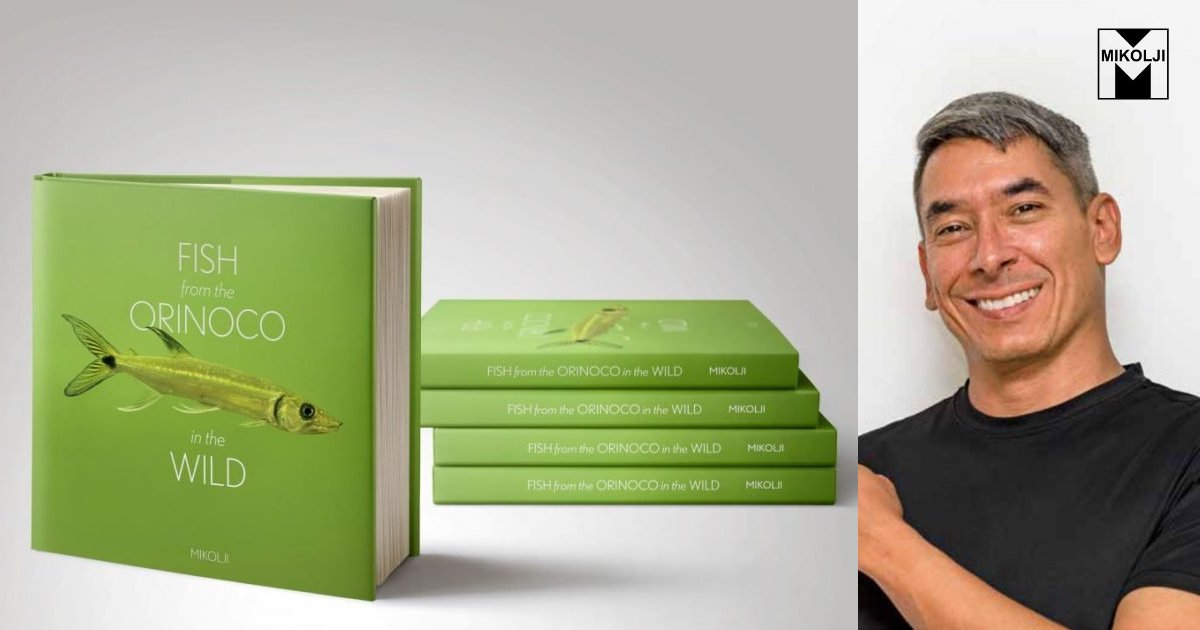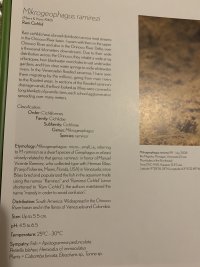Hello to all fellow hobbyists!
After several aquascapes I would like to setup a biotope oriented tank. I really lack free time so I cant keep up with high tech planted tanks. Despite that, I would like to reduce budget as much as possible without sacrificing filtering and hardscape material though.
I found out that Orinoco River is beautiful with plenty of options in fish spieces and with few plants ( cannot identify them :/) that I would really like to have.
I want it to be biotope oriented but not strictly apply all the rules. My vision is an orinoco oriented tank but with certain aquascaping principles applied on it.
Unfortunately, I can't find particular information for plants in this certain biotope.
Can you help me to record some ?
Last but not least , I cant find any information if this river has stones.
Any help for orinoco - Llanos biotope would be great and thank you in advance !
After several aquascapes I would like to setup a biotope oriented tank. I really lack free time so I cant keep up with high tech planted tanks. Despite that, I would like to reduce budget as much as possible without sacrificing filtering and hardscape material though.
I found out that Orinoco River is beautiful with plenty of options in fish spieces and with few plants ( cannot identify them :/) that I would really like to have.
I want it to be biotope oriented but not strictly apply all the rules. My vision is an orinoco oriented tank but with certain aquascaping principles applied on it.
Unfortunately, I can't find particular information for plants in this certain biotope.
Can you help me to record some ?
Last but not least , I cant find any information if this river has stones.
Any help for orinoco - Llanos biotope would be great and thank you in advance !




